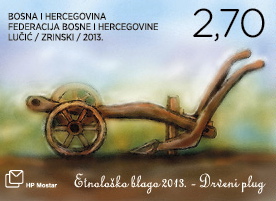Neonicotinoids are the most widely used insecticides world-wide, but their fate in the environment remains unclear, as does their potential to influence non-target species and the roles they play in agroecosystems. We investigated in laboratory and field studies the influence of the neonicotinoid thiamethoxam, applied as a coating to soya bean seeds, on interactions among soya beans, non-target molluscan herbivores and their insect predators. In the laboratory, the pest slug Deroceras reticulatum was unaffected by thiamethoxam, but transmitted the toxin to predaceous beetles (Chlaenius tricolor), impairing or killing >60%. In the field, thiamethoxam-based seed treatments depressed activity–density of arthropod predators, thereby relaxing predation of slugs and reducing soya bean densities by 19% and yield by 5%. Neonicotinoid residue analyses revealed that insecticide concentrations declined through the food chain, but levels in field-collected slugs (up to 500 ng g−1) were still high enough to harm insect predators. Our findings reveal a previously unconsidered ecological pathway through which neonicotinoid use can unintentionally reduce biological control and crop yield. Trophic transfer of neonicotinoids challenges the notion that seed-applied toxins precisely target herbivorous pests and highlights the need to consider predatory arthropods and soil communities in neonicotinoid risk assessment and stewardship.
Source:
Douglas, M. R., Rohr, J. R., Tooker, J. F. (2014), Neonicotinoid insecticide travels through a soil food chain, disrupting biological control of non-target pests and decreasing soya bean yield. Journal of Applied Ecology. doi: 10.1111/1365-2664.12372
http://onlinelibrary.wiley.com/doi/10.1111/1365-2664.12372/abstract

- Login om te reageren
